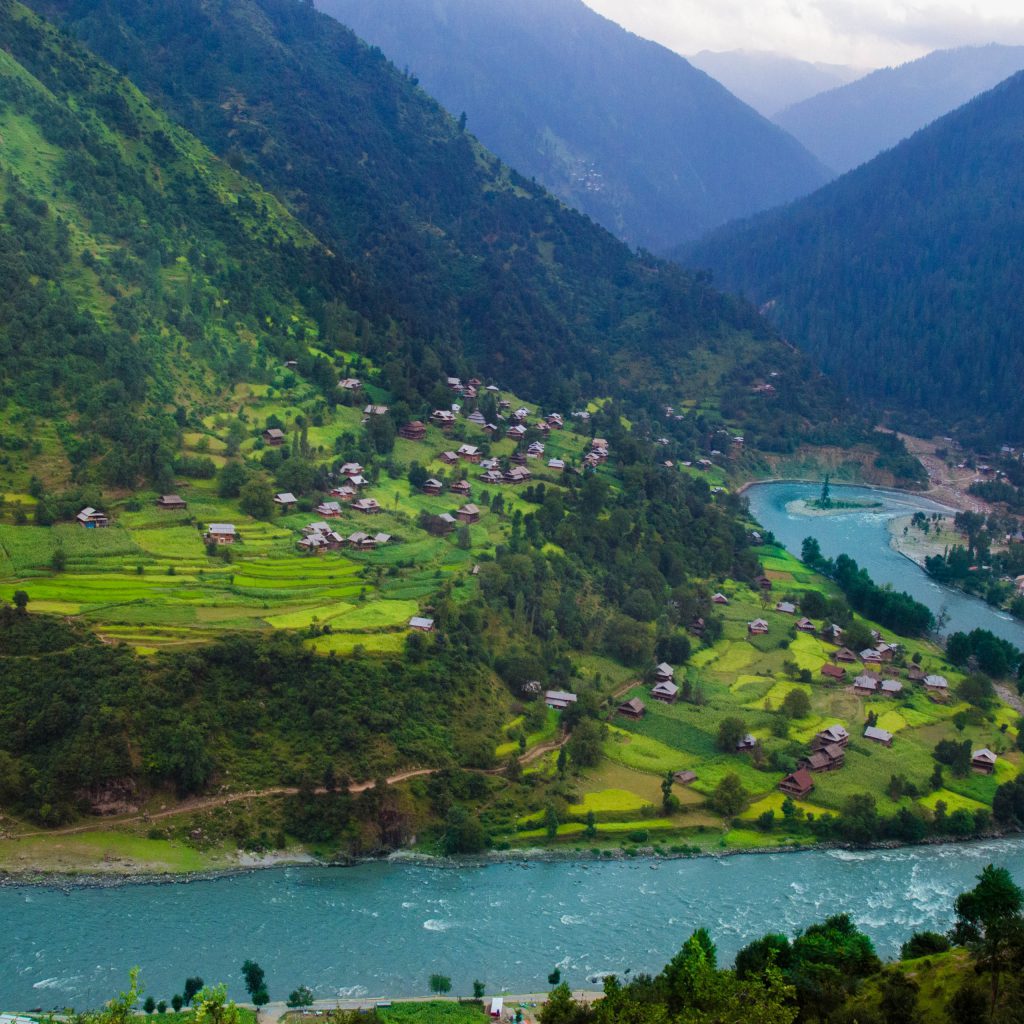Neelum Valley Overview
Azad Kashmir, abbreviated as PAK (literally “Free Kashmir”) is the southernmost and smaller of the two political entities that together form the Pakistan-controlled part of the former princely state of Jammu and Kashmir, which ceased to exist as a result of the 1st Kashmir War (1947) and the Indo-Pakistani war of 1948. The northernmost and larger of the two political entities is the Pakistan-controlled territory of Gilgit-Baltistan. Both PAK and Gilgit-Baltistan are self-governing political entities and do not constitute liberated parts of Pakistan under the constitution. However, for all practical purposes both PAK and Gilgit-Baltistan are treated as parts of Pakistan.
Neelum Valley is a picturesque valley located 240 km from Muzaffarabad. It runs parallel to the Kaghan Valley and is separated by snow-capped peaks. It offers a panoramic view of the hills on both sides of the river, lush green forests, magical streams, alpine lakes and attractive surroundings. It is also ideal for mountain hiking. A scenic road opens up this valley to tourists up to Kel, 155 kilometers from Muzaffarabad. There are daily buses on this route, and accommodation is also available at motor stations in tourist-attractive places.
The Neelum River was known as Kishan Ganga before Partition and was subsequently renamed after the village of Neelam. It flows down from the Gurez Valley in Jammu and Kashmir, India, roughly following a westerly and then a south-westerly course until it joins the Jhelum River at Muzaffarabad. The valley is a densely forested area with elevations ranging from 4,000 feet (1,200 m) to 7,500 feet (2,300 m), with mountain peaks on either side reaching 17,000 feet (5,200 m). Neelum Valley is 144 kilometers (89 mi) long.
Neelum district occupies most of the valley. The district is bounded on the south-west by Muzaffarabad district, which also includes the lower reaches of the valley; to the northwest beyond the mountains lies the Kaghan Valley in Mansehra District of Khyber Pakhtunkhwa; to the north and northeast are the districts of Diamer, Astore and Skardu in Gilgit-Baltistan. To the south and east are Kupwara and Bandipora districts in Indian Kashmir. The Line of Control runs through the valley – either over the mountains to the southeast or right along the river in places, with a few villages on the left bank falling on the Indian side of the border.
